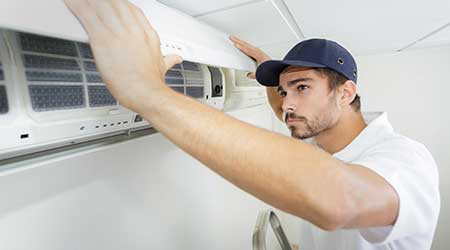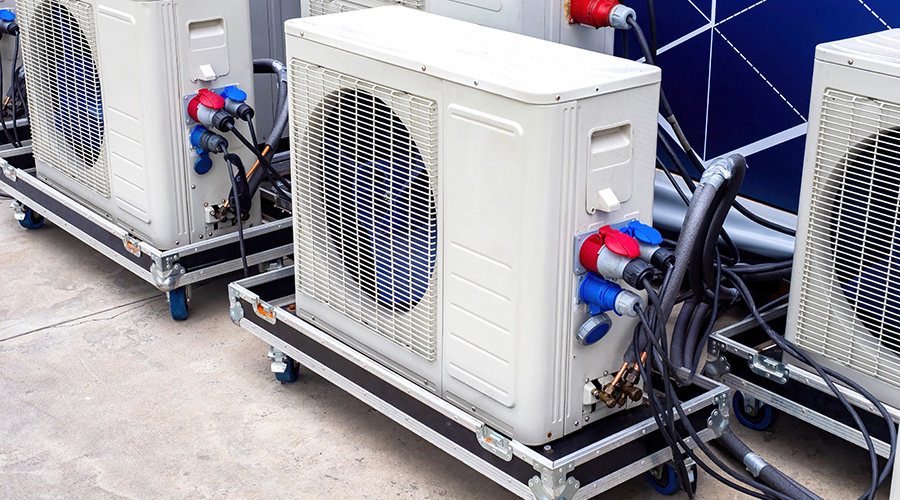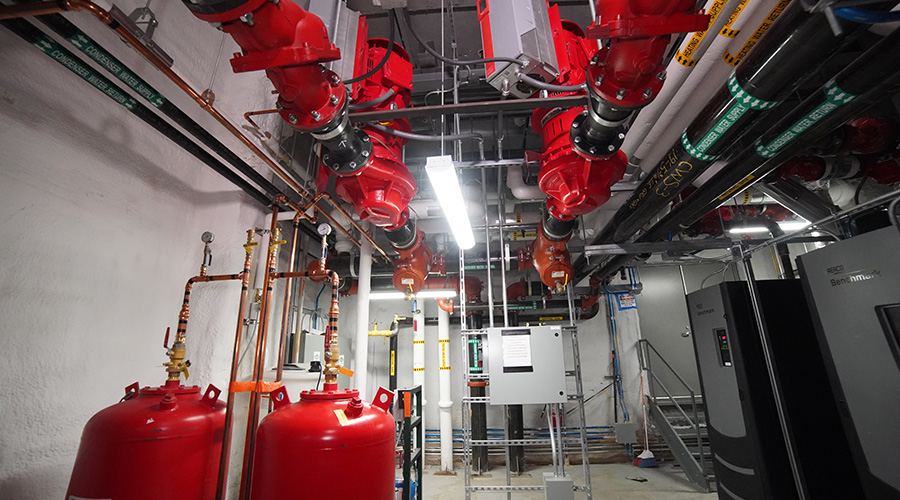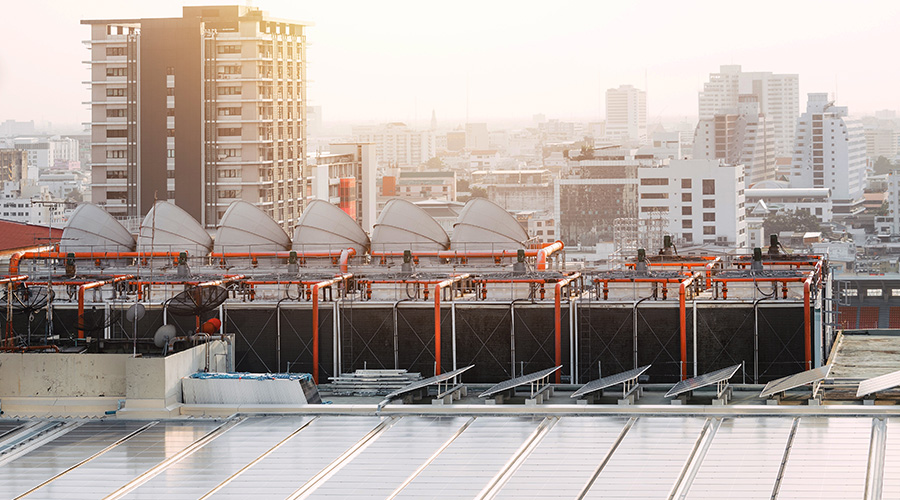 First produced in the 1930s, air filters were designed to reduce the chance of fires. Due to technology advances and standard upgrades, air filters serve a much larger purpose today.
First produced in the 1930s, air filters were designed to reduce the chance of fires. Due to technology advances and standard upgrades, air filters serve a much larger purpose today.Air Filters: Understanding ASHRAE Standards
Understanding ASHRAE standard 52.2 can help managers achieve the maximum level of efficiency.
Standards
One problem managers face when comparing different filtration systems is the way the manufacturers rate their systems. Depending on the particle size and the way the test was performed, efficiency results can easily be skewed by the manufacturer. To help end users and those who must specify filtration systems for new construction or renovation projects, ASHRAE developed and published Standard 52.2, Method of Testing General Ventilation Air-Cleaning Devices for Removal Efficiency by Particle Size.
The standard forces manufactures to follow a prescriptive testing methodology to determine a particular system’s MERV rating. When comparing system options, managers and system designers can readily compare MERV ratings provided by manufacturers with confidence as long as the manufacturer has identified that the systems were rated following the ASHRAE standard.
Another standard, ASHRAE Standard 62.1, Ventilation for Acceptable Indoor Air Quality, specifies minimum ventilation rates and other measures, including MERV ratings, for new and existing buildings. For most commercial and institutional buildings, this means that the filtration system should have a minimum MERV rating of 6. Depending on the occupancy and use of the facility, MERV ratings can be as high as 20.
Maintaining the system
If technicians do not properly maintain the filtration system, energy costs can increase while indoor air quality suffers. While it is relatively easy to properly operate and maintain the system, most facilities do not. Managers and technicians need to take only three steps to ensure the systems operate properly:
Specification. Effective maintenance must start with the selection of the proper type and size of the filter for the particular application. That means managers must understand the type and level of pollutants generated within the space the system serves, as well as the requirements of the operations taking place there.
Filters come with MERV ratings between 1 and 20. While 6 is the recommended minimum rating for most commercial buildings, selecting one with a much higher rating might not be necessary for that application and might increase a fan’s energy requirements.
Managers also must properly size filters for the application. Filters that are too small for the installation can allow air to bypass the filter section, exposing building occupants and HVAC equipment to the contaminants that the filter was designed to remove.
Replacement. Some facilities replace their filters on a set schedule — every 30, 60 or 90 days. Others replace them when someone finally notices that they are clogged or when a building occupant calls to complain about the performance of the HVAC system.
A better approach is to install a sensor to measure the pressure drop across the filter. As contaminants buildup on filter surfaces, the pressure drop across the filter increases. Manufacturers publish data for the recommended maximum pressure drop across each specific type of filter. Replacing the filter before the pressure drop increases to the recommended value wastes money. Failing to replace the filter when the pressure drop exceeds the recommended maximum value risks having the filter section fail.
Monitoring. Even the best designed system equipped with accurate sensors will not function properly if they are not monitored. Maintenance personnel should check and record pressure drop readings regularly. How often that occurs depends on the application. It might be as frequently as once a week in systems with high-efficiency filters or in a dirt-producing environment.
While the pressure-drop sensors provide valuable information on the condition of the filter system, it is also important that filters be inspected regularly to insure that they are clean and properly installed. Unusual loading on one filter in a bank of filters can cause it to tear or become displaced, causing the sensor to generate a false reading.
James Piper, P.E., is a national facilities consultant based in Bowie, Md. He has more than 25 years of experience with facility maintenance, engineering and management issues.
Related Topics:














